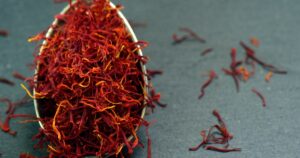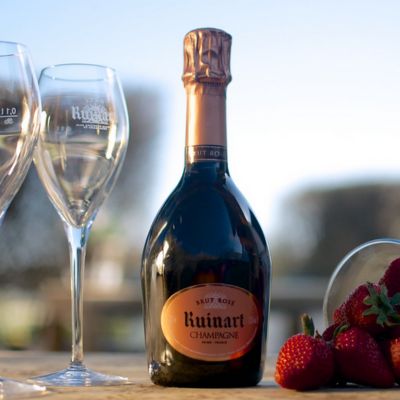
Maison Ruinart, the pioneers
Ruinart is the oldest Champagne house in the world, founded in 1729 by Nicolas Ruinart. The Ruinart family had been involved in the textile industry for generations, but Nicolas saw an opportunity in the growing popularity of Champagne. He decided to dedicate his life to creating a new kind of wine, one that was effervescent and light, yet complex and refined.
Ruinart quickly gained a reputation for producing high-quality Champagne, and the house was soon supplying its wines to the royal court. Today. Surprisingly the Ruinart family still run the house.
Maison Taittinger, the elegant innovators
Taittinger is a relatively young Champagne house, founded in 1734, but it has a rich history. The Taittinger family began making Champagne in the early 20th century, when Pierre Taittinger bought the house with his brother-in-law.
Taittinger is known for its elegant and delicate wines, which are often described as having a feminine touch. The house produces a wide range of Champagnes, from vintage to non-vintage, and has a reputation for excellence.
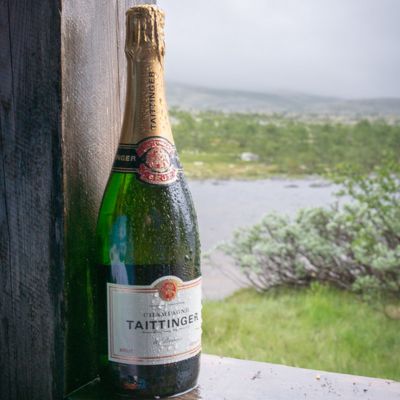
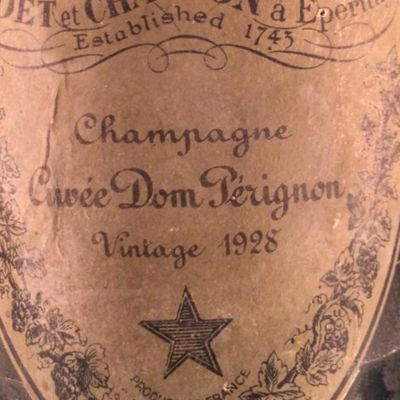
Moët et Chandon, the global icon
Moët et Chandon was founded in 1743 by Claude Moët, who had a vision of bringing Champagne to the world. He recognized the potential of Champagne as a luxury product and began exporting it to the courts of Europe. In 1794, the house became the official Champagne supplier to Napoleon Bonaparte.
Moët et Chandon is known for its opulent style, and its wines are often associated with grand celebrations and parties. The house produces some of the most recognizable Champagne labels in the world, including Dom Pérignon and Moët Impérial.
Veuve Clicquot, the widow’s legacy
Veuve Clicquot, also known as the “Widow Clicquot,” was founded in 1772 by Philippe Clicquot. When Philippe died in 1805, his wife Barbe-Nicole took over the business and became one of the most successful Champagne makers of her time.
Barbe-Nicole is credited with inventing the riddling process, which is still used today to remove sediment from Champagne bottles. Veuve Clicquot is known for its bold and powerful wines, and its signature label, Yellow Label, is one of the most recognizable in the world.
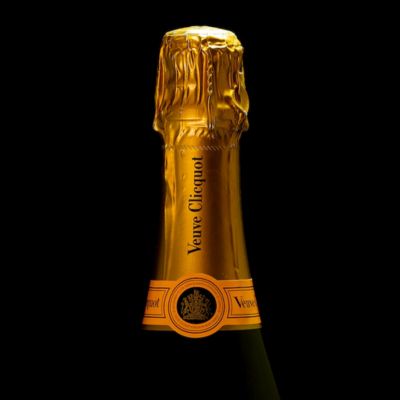
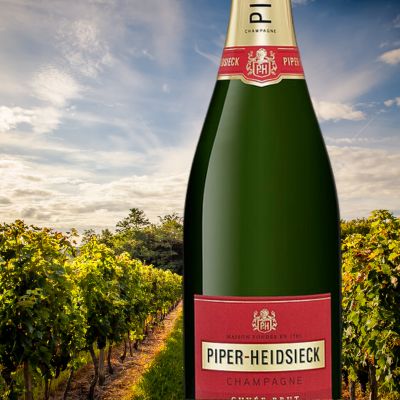
Piper-Heidsieck, the robust powerhouse
Piper-Heidsieck was founded in 1785 by Florens-Louis Heidsieck. He was soon joined by his nephew Christian Heidsieck, and together they began producing Champagne that was beloved by French royalty.
In 1838, Christian’s widow married Henri-Guillaume Piper, and the house became known as Piper-Heidsieck. Today, the house is known for its bold and powerful style, and its wines are often described as having a robust character.
Laurent-Perrier, floral finesse
Laurent-Perrier was founded in 1812 by André Michel Pierlot, who had a passion for making Champagne. He purchased a small vineyard in Tours-sur-Marne and began producing his own wines.
Today, Laurent-Perrier is known for its fresh and elegant Champagnes, which are often described as having a floral and fruity character. The house is particularly famous for its rosé Champagne, which is made using the saignée method.
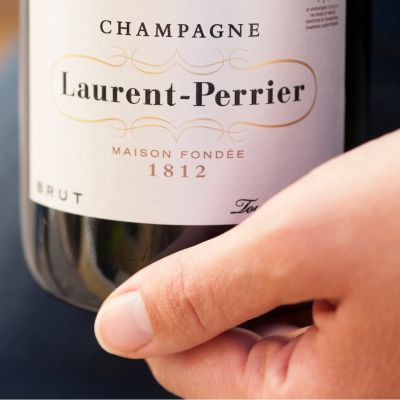
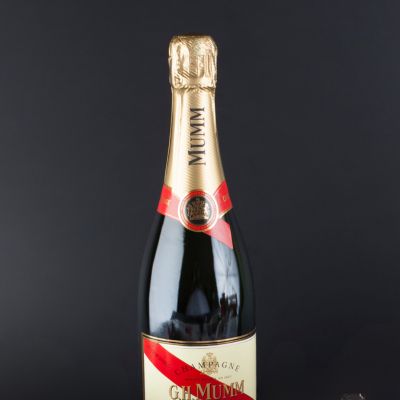
G.H. Mumm, the bold tradition
G.H. Mumm was founded in 1827 by Georges Hermann Mumm and his partner Friedrich Giesler. The house quickly gained a reputation for producing high-quality Champagne, and in 1876, it created the iconic Cordon Rouge label.
G.H. Mumm is known for its bold and powerful style, and its wines are often described as having a rich character. The house is particularly famous for its vintage Champagne, which is only produced in exceptional years.
Bollinger, the aged majesty
Bollinger was founded in 1829 by Jacques Bollinger and his partner Paul Renaudin. The house quickly gained a reputation for producing high-quality Champagne, and in 1884, it became the official supplier to the British royal family.
Bollinger is known for its rich and complex style, and its wines are often aged for longer periods than other Champagne houses. The house is particularly famous for its vintage Champagne, which is only produced in exceptional years.
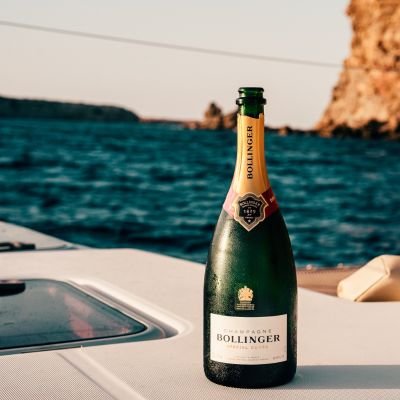
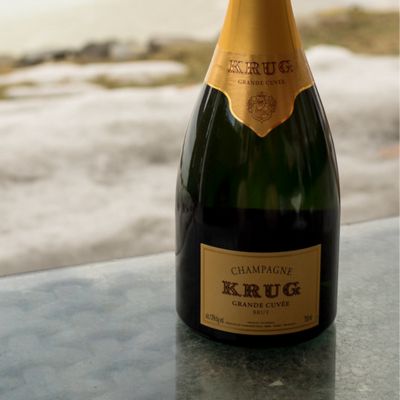
Krug, the artisanal perfection
Krug was founded in 1843 by Joseph Krug, who had a vision of creating a Champagne that was rich and full-bodied. He believed that Champagne should be able to stand up to even the most robust of foods, and he dedicated his life to creating the perfect blend.
Krug is known for its small production, with each bottle being meticulously crafted to ensure the highest quality. The house is particularly famous for its Grande Cuvée, which is a blend of over 120 different wines from up to 10 different vintages.
Pol Roger, the refined classic
Pol Roger was founded in 1849 by Pol Roger, who was just 18 years old at the time. He began producing Champagne in Épernay, and his wines quickly gained a reputation for their quality and finesse.
Pol Roger is known for its refined and elegant style, and its wines are often described as having a creamy texture. The house is particularly famous for its vintage Champagne, which is aged for longer periods than other Champagne houses.
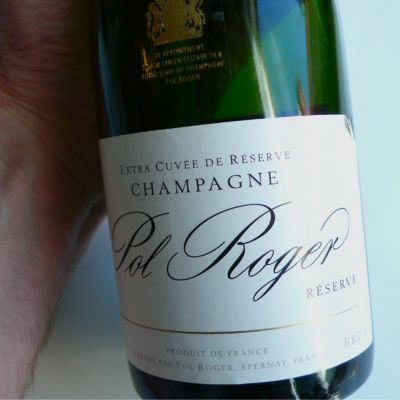
In conclusion
Champagne has a rich history that dates back centuries, and its oldest houses continue to produce some of the most iconic wines in the world. From the elegance of Ruinart to the boldness of Veuve Clicquot, each Champagne house has its own unique style and cultural significance. Whether you are celebrating a special occasion or simply indulging in a luxurious treat, a glass of Champagne from one of these historic houses is sure to delight the senses.
𐡸 𐡸 𐡸 𐡸 𐫱 𐡷 𐡷 𐡷 𐡷
Champagne is a sparkling wine that can only be produced in the Champagne region of France, using specific methods and grape varietals.
Ruinart is the oldest Champagne house in the world, founded in 1729 by Nicolas Ruinart.
Dom Pérignon and Moët Impérial from Moët et Chandon, and Yellow Label from Veuve Clicquot are among the most famous Champagne labels.
Champagne should be served chilled, ideally between 45-50°F, and in a flute or tulip-shaped glass to preserve its effervescence and aroma.



